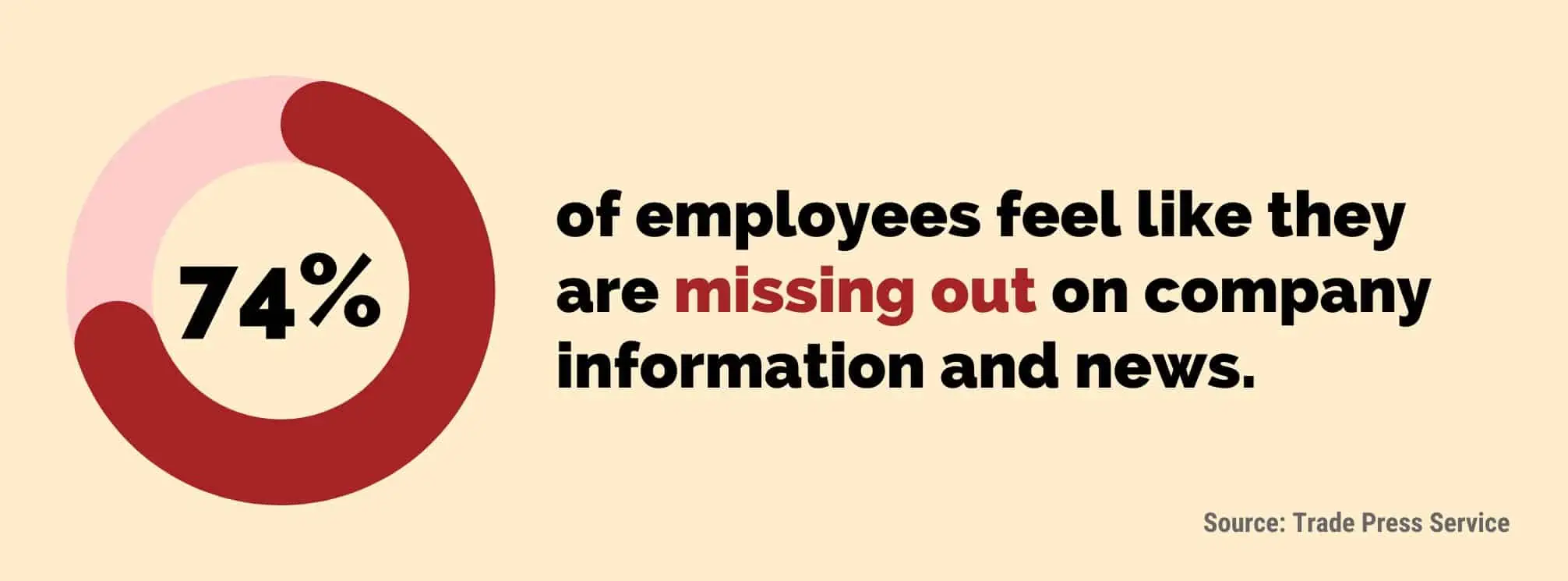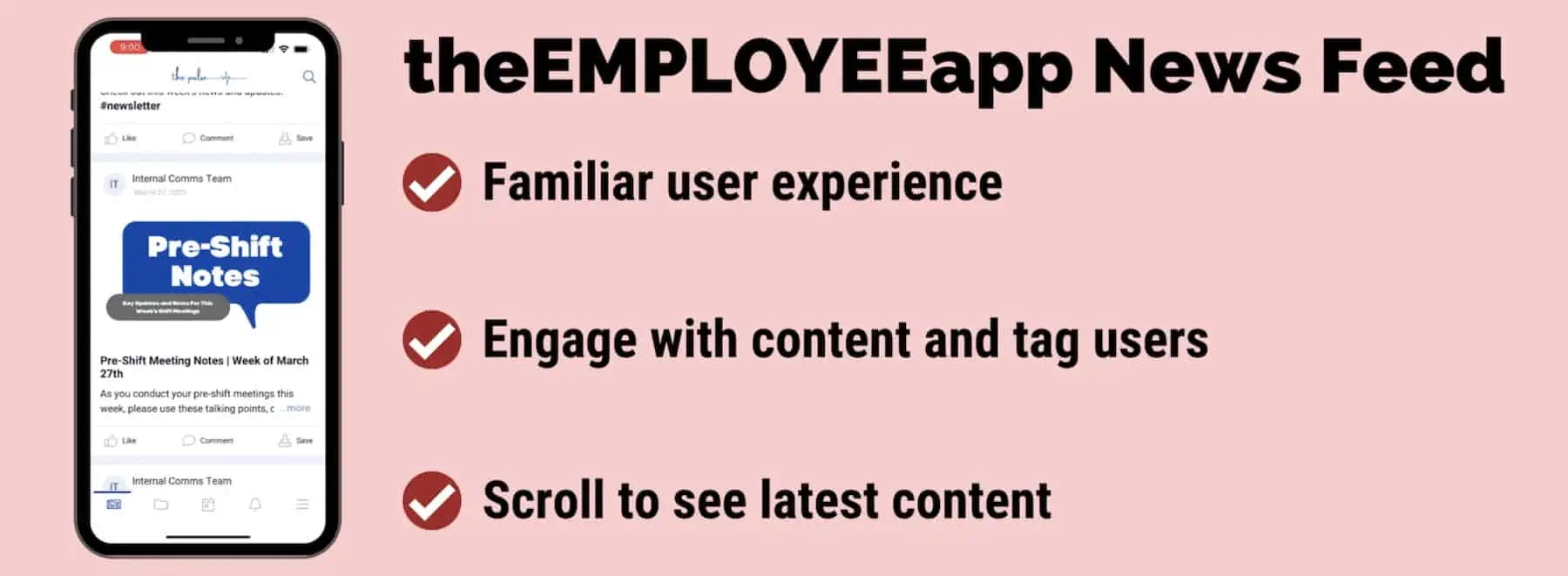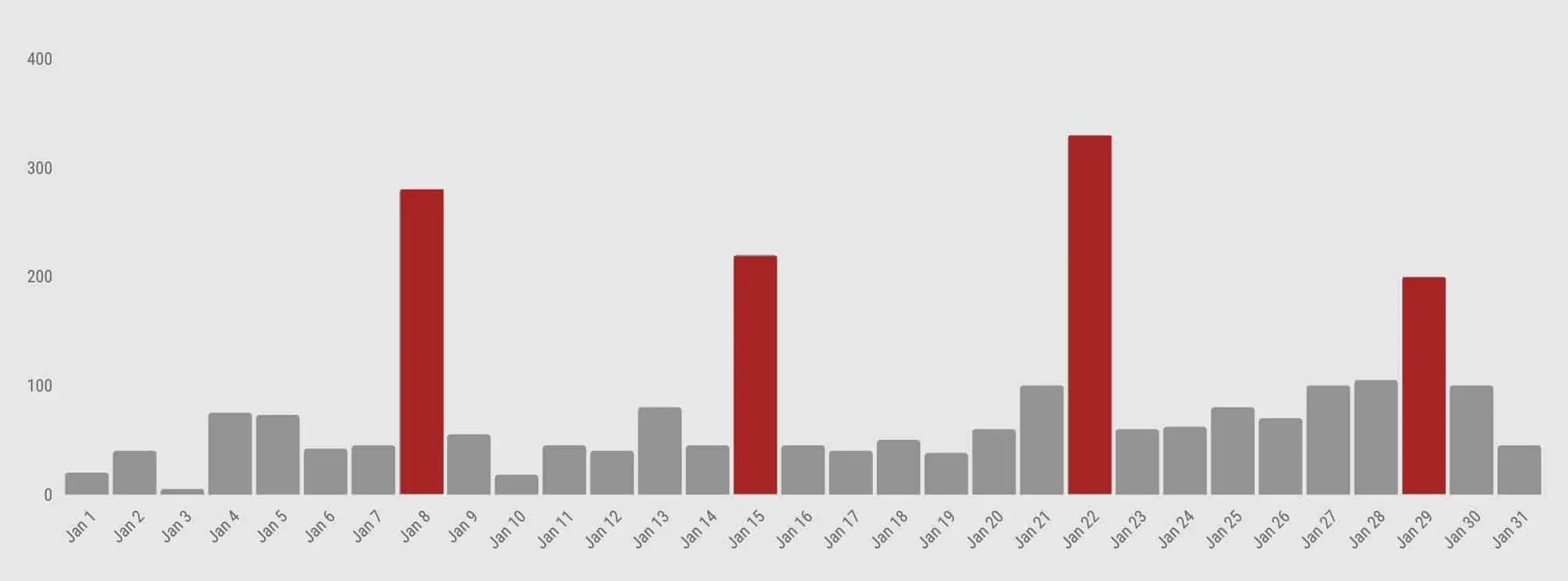
theEMPLOYEEapp’s mobile communications app is an internal communication tool for companies to be able to create a single source of truth for mobile employees. And this solution allows you to select which content or events send users a push notification. But in my experience as a Client Success Account Manager at theEMPLOYEEapp, I’ve found that app push notifications are an underused feature on our platform. Although I know communications professionals are trying to reduce the noise and communication overload, I’d argue that selectively and strategically using push notifications is how you create the best digital employee experience for your teams.
Before we go further, we should define exactly what these notifications are. Push notifications are alert, pop-up messages that appear on a user’s smartphone even if the app isn’t currently in use. These alerts can be used to get users to open the app again, pulling them back in. Or they are used to share important updates.
We’re all familiar with these notifications. Examples include the notifications you get when you receive a direct message in Slack or a text message. But you also can receive push notifications from any app you download to your phone, even games and your health apps.

We work with companies across a variety of industries who have distributed workforces. Because these companies have workers in the field, working from home, and coming into an office, they need tools that are mobile-first so employees can access information wherever they are.
This makes targeted push notifications incredibly valuable. Using push notifications for your employees gives them direct access to timely, important content that helps them get their job done, allows them to follow the company’s progress, and includes them in your company’s culture. It’s not rocket science to see that making things easier and more inclusive will improve an employee’s experience of the workplace. Yet, using push notifications—and using them well—continues to be a challenge.
But the benefits of push notifications (including SMS texts) are many:
[optin-monster slug=”ahixneovvxhoaqqcxdlf” followrules=”true”]
So, why don’t communicators use push notifications more? With each new cohort of customers that I onboard to our platform, I always have to emphasize how important it is to use this functionality. And the reason clients hesitate that I see time and time again is fear. They don’t want to “bug” their employees. They worry they will overdo it.
When I ask where that fear comes from, it’s always a “gut feeling.” But it’s a strong feeling and one that’s difficult to override. And I get it. It can be hard to know how many pushes are too much. What content really warrants one? It’s easy to understand where the apprehension comes from.
To overcome this apprehension, just look at the data.
Studies show us that good, relevant communication isn’t just tolerated, it’s desired. Employees crave updates from their employers. And their tolerance for things like push notifications is actually quite high. In fact, 80% of employees say they want to be updated on company news (Bambu), and 74% feel like they are missing out on company information and news.

The key to not becoming burdensome with your push notifications is to keep the quality high. Use them often but strategically.
A basic best practice should be to always ask yourself the question “Is this important?” And then, you can create governance at your company around what is important. And what gets a push notification and what doesn’t.
For instance, you might decide on a few different content types that always get a notification:
And you can use push notifications strategically. If you have more than one important piece of content to push out, apply the push notification to the most pressing message and have it live at the top of the News Feed—which is our real-time feed of content in the order that it has been published. That one push will bring more employees into your app and they will be able to see all the new content that’s been added.
 Show me the Data
Show me the DataSo, what results can you expect from using push notifications strategically?
Let me show you an example.
Here’s a manufacturing company we work with that has 3,100 employees. They sent one push notification during this month, can you guess which day that was?
That’s 87% of their employees logging in on that day. What’s your average email open rate? Odds are, 87% is fantastic and much higher than your average open rate.
And here’s another client that has used push notifications as a key component of their communication strategy over the past year. Again, it’s clear where push notifications have been used.

We should not fear push notifications. We should embrace them as a great tactic for improving employee experience and engagement with your messages.
With a solid strategy and good governance, they will help you to build your core audience and increase the daily activity of your app over time. And in return, this will help your workforce access the information they need while connecting with the company.
When you choose theEMPLOYEEapp, you don’t have to figure out the right strategy alone. My team offers consults to all clients to help them determine the best mobile comms strategy for their company and goals, including how to get the most out of push notifications.
And we aren’t just an app. We also offer SMS texting and a mobile intranet, which gives your employees a choice for how they engage.
[optin-monster slug=”gqorn0natkqgyrtjvr6i” followrules=”true”]